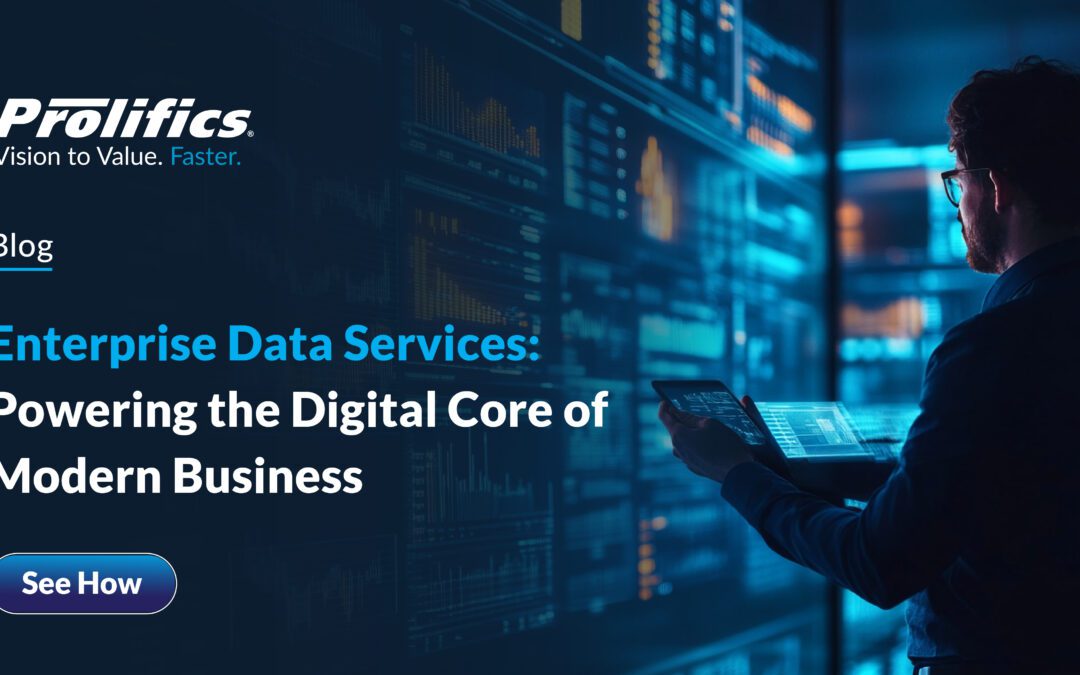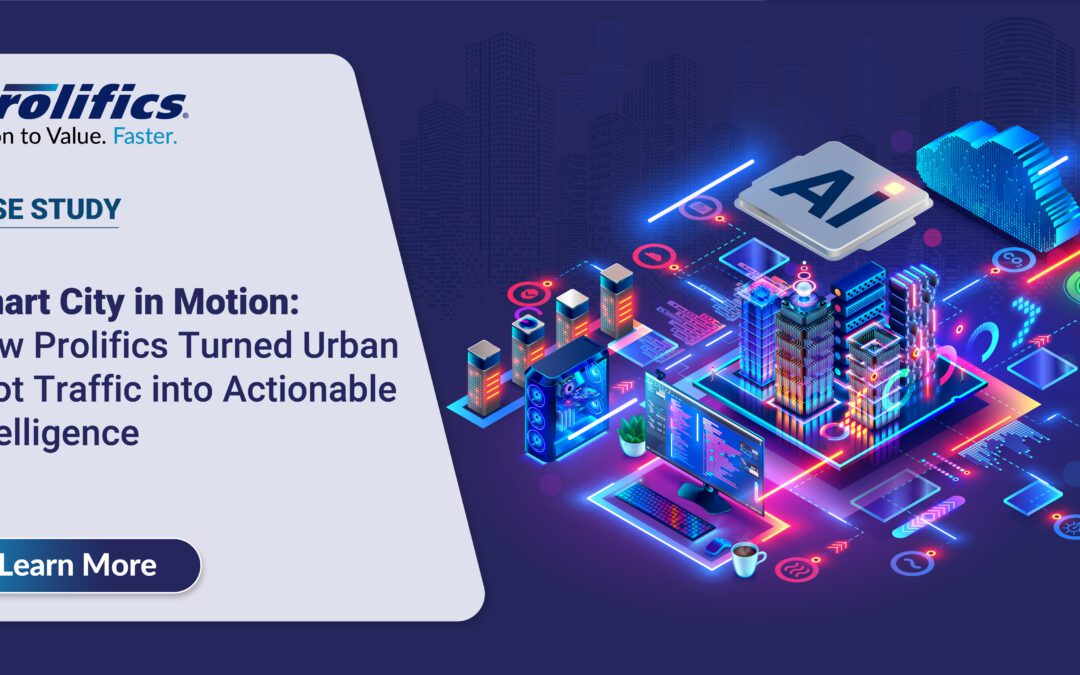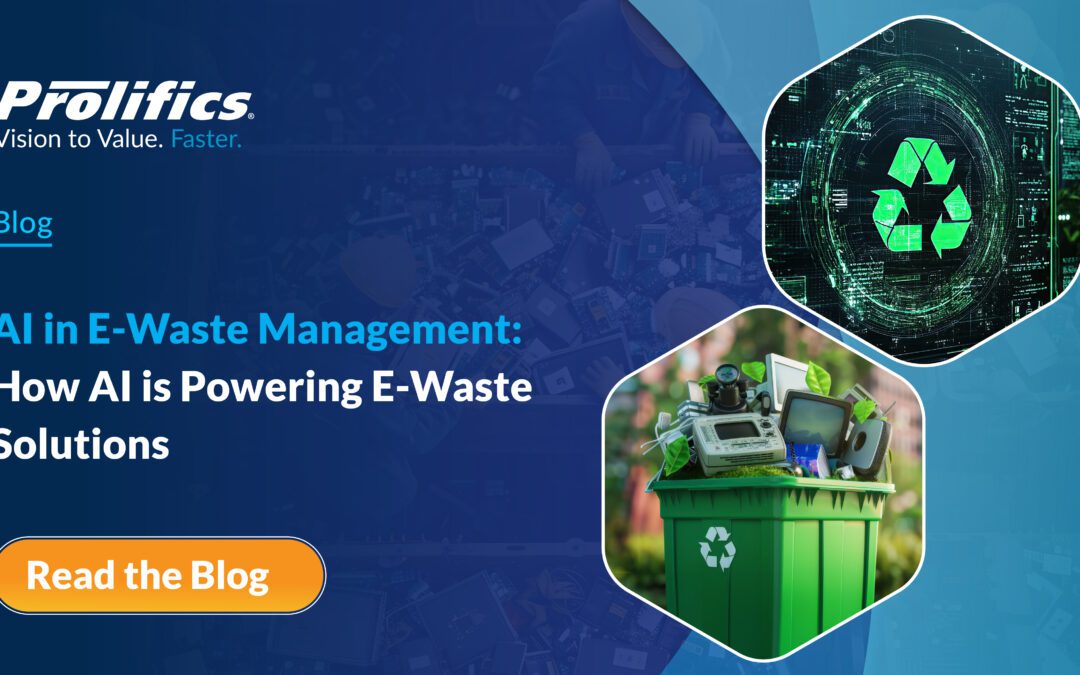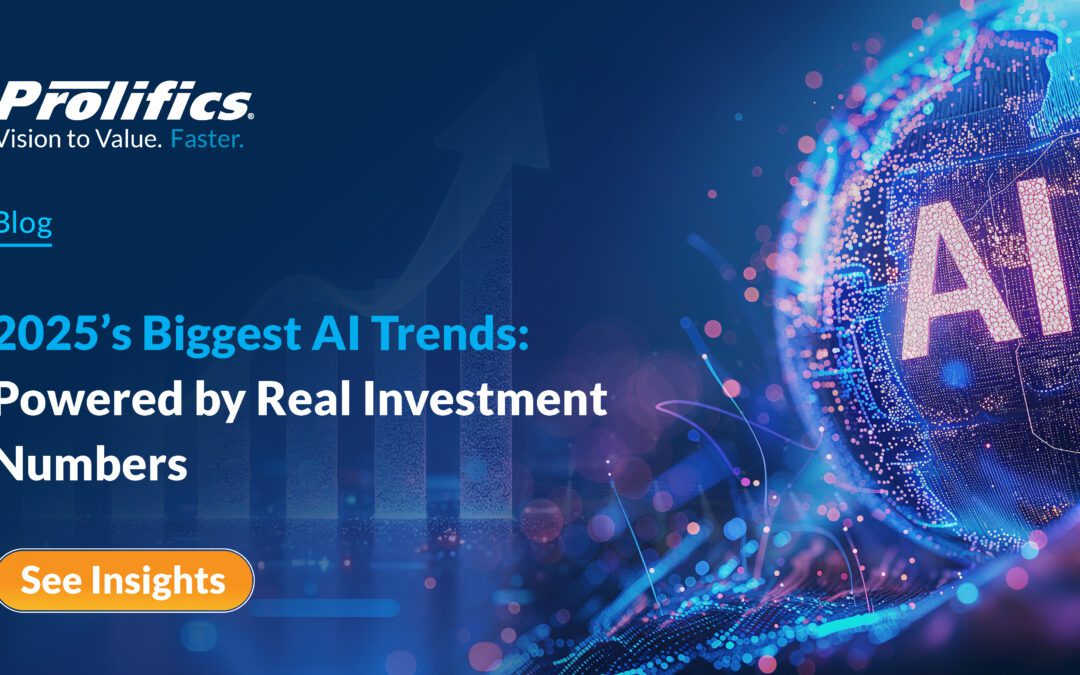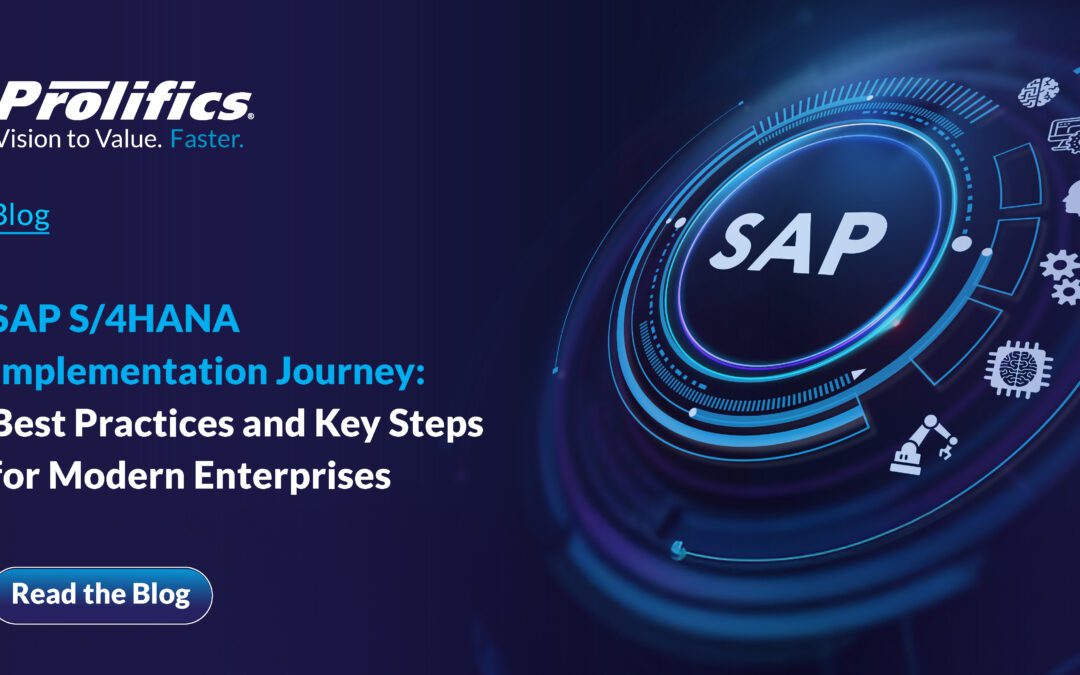Blog by Swati Dora, Prolifics Associate Director – Client Success
Energy and utility (E&U) companies are plugging into a data-driven revolution, uncovering hidden gems about their operations, customers, and the wild winds that sway their business. With the zing of a meter and electric vehicle (EV) data analytics, these companies ignite valuable insights and turbocharge their operational prowess. From unleashing advanced metering infrastructure to riding the waves of machine learning and artificial intelligence (AI) algorithms, and painting vivid pictures with data visualization and dashboards, they unlock a treasure trove of potential. By blending diverse data sources into a mesmerizing mosaic, these companies can power up their decision-making, optimize resource juggling acts, and race towards a greener, brighter, and outrageously efficient future.
9 ways for peering into the power play
1. Machine Learning and Artificial Intelligence (AI): Machine learning and AI algorithms play a significant role in unlocking insights from meter and EV data. Energy and utility companies are employing these technologies to predict energy demand, optimize resource allocation, and detect anomalies or potential faults in the grid infrastructure. By analyzing historical meter and EV data, machine learning models can identify consumption patterns, enabling accurate predictions and proactive planning. Additionally, AI algorithms can support predictive maintenance of EV charging infrastructure, minimizing downtime and ensuring a seamless charging experience for EV owners. Tools like Tableau, Power BI, or Domo provide powerful analytics and visualization capabilities that integrate with machine learning algorithms, empowering companies to harness the power of AI-driven insights.
To enhance the machine learning and AI part of data analytics, companies can leverage the following smart devices:
- Smart Energy Monitors: Smart energy monitors, like the Sense Energy Monitor or the Neurio Home Energy Monitor, connect to the electrical panel and collect detailed energy consumption data at a granular level. By integrating smart energy monitors with machine learning algorithms, companies can gain deeper insights into energy usage patterns, identify energy-saving opportunities, and optimize resource allocation.
- Smart EV Charging Stations: Smart EV charging stations, such as the ChargePoint Home Flex or the JuiceBox Pro, come equipped with advanced features like connectivity, real-time data monitoring, and load management capabilities. By integrating these charging stations with AI algorithms, energy and utility companies can optimize EV charging schedules, manage peak demand periods, and ensure efficient utilization of available resources.
- Smart Grid Sensors: Smart grid sensors, such as distribution line sensors or substation monitoring devices, provide real-time data on grid conditions, voltage levels, and equipment health. By incorporating AI capabilities into these sensors, companies can detect anomalies, predict equipment failures, and proactively address grid issues, leading to improved reliability and reduced downtime.
2. Advanced Metering Infrastructure (AMI): One of the key technical ways energy and utility companies are leveraging meter data analytics is through the implementation of Advanced Metering Infrastructure (AMI) systems. These systems collect real-time data from smart meters and enable companies to analyze energy consumption patterns, detect anomalies, and identify areas for optimization. By leveraging data management platforms and analytics tools, such as Siemens EnergyIP or Schneider Electric’s EcoStruxure™ Resource Advisor, companies can unlock the potential of AMI data to drive operational efficiencies, enhance demand response capabilities, and improve overall grid management.
3. Data Visualization and Dashboards: Transforming complex data into actionable insights requires effective data visualization and dashboards. Energy and utility companies are utilizing tools like Tableau, Power BI, or Domo to create intuitive and interactive visualizations that provide real-time insights, key performance indicators (KPIs), and customized reports. These dashboards allow decision-makers to monitor energy consumption trends, identify peak demand periods, and optimize resource allocation. Additionally, they enable companies to provide customers with personalized energy usage reports, empowering them to make informed decisions and manage their energy consumption effectively.
4. Weather Data: Weather data, including temperature, humidity, wind speed, and solar radiation, can provide valuable insights for energy and utility companies. By integrating weather data with analytics tools, companies can optimize energy generation and distribution, plan for peak demand periods, and enhance renewable energy resource utilization.
5. Operational Data: Operational data encompasses information related to the performance, maintenance, and efficiency of energy infrastructure and equipment. This data can include data from sensors, supervisory control and data acquisition (SCADA) systems, and maintenance logs. By analyzing operational data, companies can identify equipment failures, predict maintenance needs, and optimize asset performance.
6. Customer Data: Customer data, such as demographics, energy usage patterns, and billing information, can provide insights into customer behavior and preferences. By analyzing customer data, energy and utility companies can personalize their offerings, implement targeted marketing campaigns, and improve customer satisfaction.
7. Market Data: Market data includes information about energy prices, market trends, regulatory changes, and competitive landscape. By analyzing market data, companies can make informed decisions regarding pricing, demand response programs, and market positioning.
8. Environmental Data: Environmental data, such as air quality measurements, pollution levels, and carbon emissions, can help energy and utility companies monitor and mitigate their environmental impact. By integrating environmental data with analytics, companies can optimize their sustainability efforts and ensure compliance with environmental regulations.
9. Grid Sensor Data: Grid sensor data provides real-time information on grid conditions, voltage levels, power quality, and equipment health. By analyzing grid sensor data, companies can detect anomalies, predict equipment failures, and improve grid reliability and efficiency.
As aptly said by Eleanor Roosevelt, “The future belongs to those who believe in the beauty of their dreams.” Do you believe in empowering your future and turning your dreams into feasible solutions? If yes, let’s connect! swati.dora@prolifics.com
Read Swati’s other blogs:
Integration? Oh Yes, I Know It All! It’s Just Opposite of Differentiation


